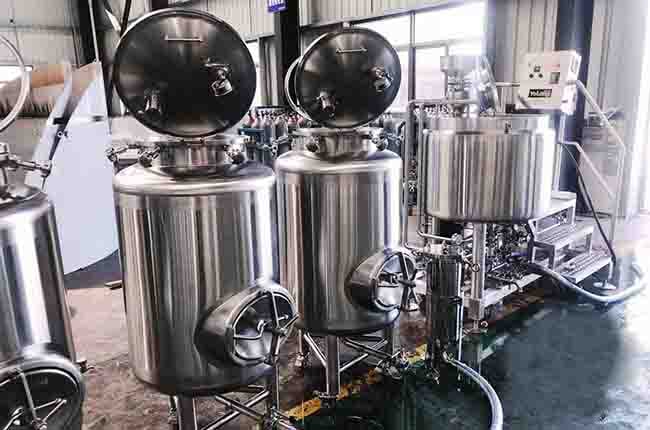Reservoir Tanks: Storage, Maintenance, and Benefits
Reservoir tanks play a critical role in numerous industries and household applications. Whether you need water storage for daily use, an industrial buffer, or a component in a specialized system, choosing the right reservoir tank is crucial.
The Role of Reservoir Tanks
A reservoir tank functions as a storage unit that holds liquids, such as water, chemicals, or fuel, for later use. It ensures a consistent supply, balances pressure, and prevents system overload. In many industries, these tanks help regulate demand, reduce wastage, and enhance operational efficiency. Without a proper reservoir tank, many systems would struggle to function optimally, leading to supply inconsistencies, pressure fluctuations, and potential damage to connected equipment.
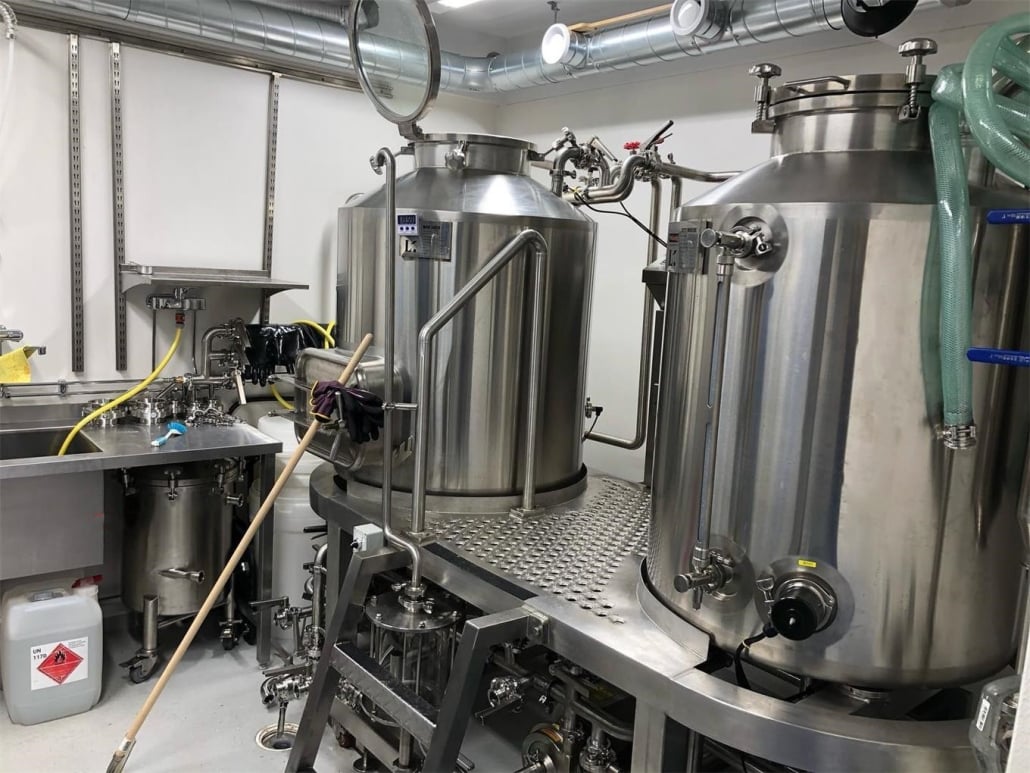
Application Areas of Reservoir Tanks
Reservoir tanks serve various purposes across different industries and settings, including:
- Residential Use: Homeowners use reservoir tanks for water storage, ensuring a reliable supply for daily activities, gardening, and emergency situations.
- Industrial Applications: Factories rely on these tanks for cooling systems, chemical storage, and process water management.
- Agriculture: Farmers use them to store irrigation water, ensuring a steady supply during dry spells.
- Municipal Water Systems: Cities employ reservoir tanks to maintain consistent water pressure and supply to households and businesses.
- Firefighting Systems: Many buildings install water reservoirs as part of their fire suppression systems to provide emergency water.
- Automotive and Hydraulic Systems: Vehicles and machinery use hydraulic reservoir tanks to maintain fluid balance and pressure.
- Oil and Gas Industry: These tanks store crude oil, fuel, and other petrochemicals in refineries and distribution networks.
Types of Reservoir Tanks
Reservoir tanks come in various types based on their construction, function, and application:
- Above-Ground Tanks: Common for residential and commercial water storage; easy to install and maintain.
- Underground Tanks: Ideal for large-scale storage needs; protects contents from external environmental factors.
- Pressurized Tanks: Used in water systems to maintain pressure; common in HVAC and fire suppression systems.
- Bladder Tanks: Flexible, space-saving tanks that store liquids in a collapsible internal bladder.
- Steel Reservoir Tanks: Heavy-duty, durable tanks used for industrial storage.
- Plastic (Polyethylene) Tanks: Lightweight, corrosion-resistant tanks for water and chemical storage.
- Concrete Tanks: Used in large-scale municipal applications due to their durability and capacity.
Material Considerations for Reservoir Tanks
| Material | Advantages | Disadvantages |
|---|---|---|
| Stainless Steel | Corrosion-resistant, long lifespan, durable | Expensive, heavy |
| Polyethylene (Plastic) | Lightweight, cost-effective, corrosion-resistant | Less durable, can degrade under UV exposure |
| Fiberglass | Strong, rust-proof, chemical-resistant | Brittle under impact, higher initial cost |
| Concrete | Extremely durable, large capacity | Heavy, requires professional installation |
| Carbon Steel | Strong, widely used in industrial settings | Prone to corrosion, requires coatings |

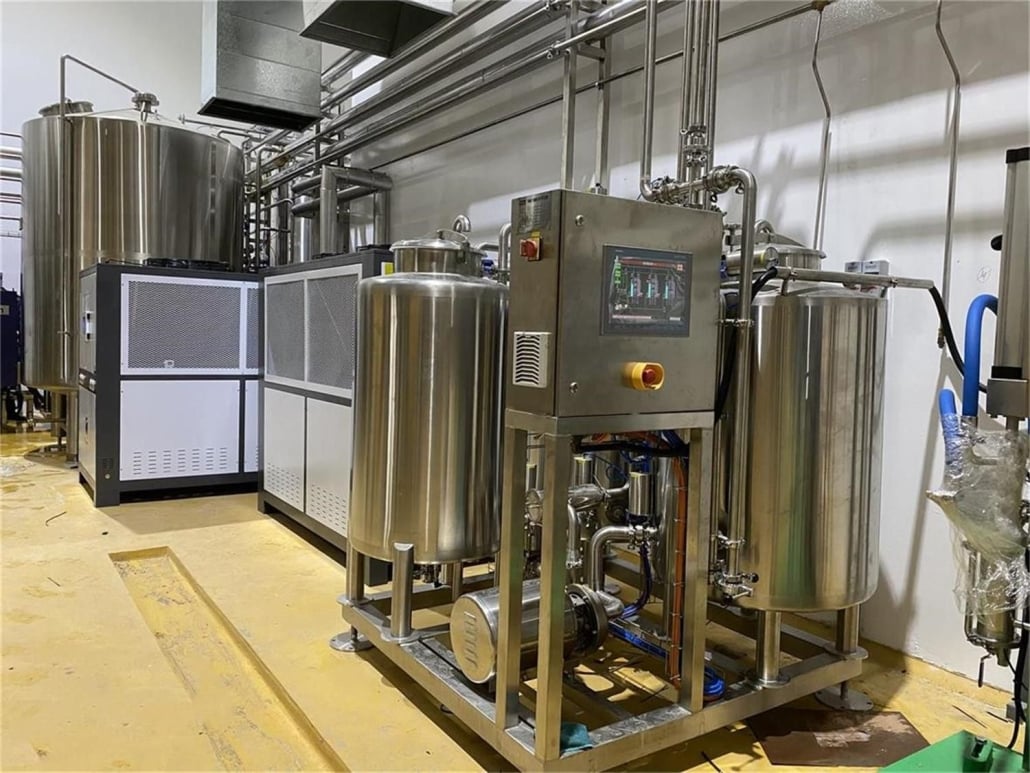

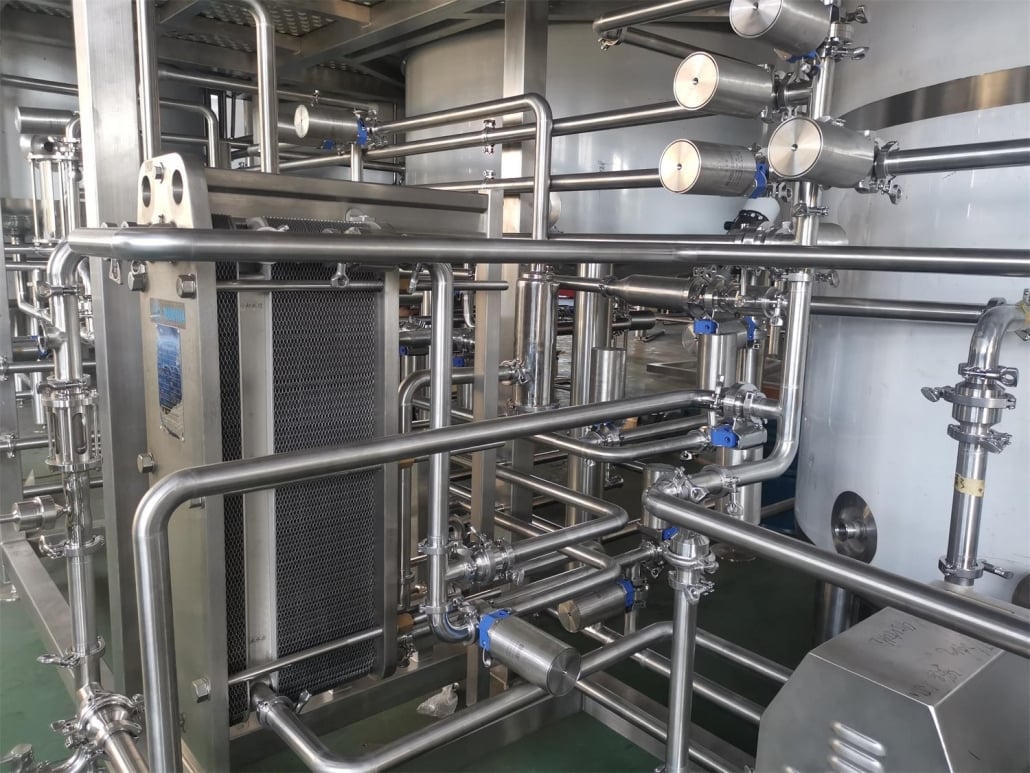
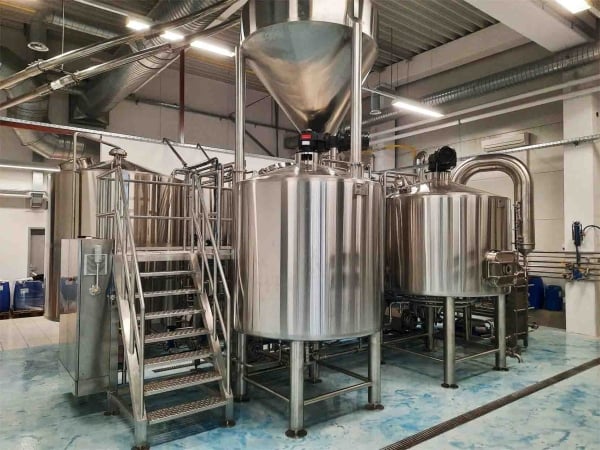
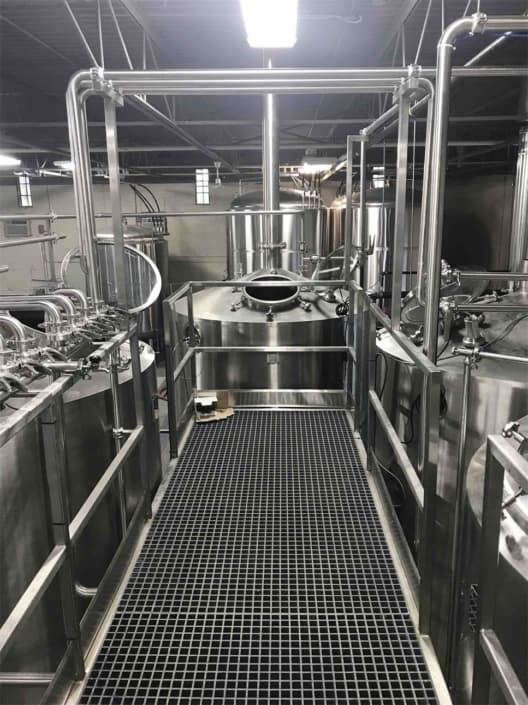
Installation Guide for Reservoir Tanks
Proper installation ensures efficiency and longevity. Follow these steps:
- Site Selection: Choose a stable, level ground with adequate drainage.
- Foundation Preparation: For above-ground tanks, install a solid base, such as concrete or compacted gravel.
- Placement: Position the tank according to manufacturer specifications.
- Connection Setup: Attach pipes, valves, and fittings as needed.
- Testing: Check for leaks and ensure proper system integration.
- Compliance Check: Ensure adherence to local regulations and safety standards.
Maintenance & Cleaning of Reservoir Tanks
| Maintenance Task | Frequency | Details |
|---|---|---|
| Inspection | Monthly or quarterly | Check for leaks, cracks, or rust |
| Cleaning | Every 6-12 months | Remove sediment, disinfect interior |
| Filter Check | Monthly | Ensure filters are clean and functioning |
| Valve Testing | Quarterly | Ensure smooth operation, prevent blockages |
| Structural Repairs | As needed | Fix any detected issues immediately |
How to Choose a Suitable Capacity Reservoir Tank
Selecting the right size depends on:
- Usage Needs: Calculate daily water or liquid consumption.
- Available Space: Ensure sufficient room for installation and maintenance.
- Material Durability: Opt for corrosion-resistant materials based on stored content.
- Local Regulations: Adhere to legal requirements regarding storage capacities.
- Future Expansion: Consider scalability for increased storage demands.

FAQ
| Question | Answer |
|---|---|
| What is the lifespan of a reservoir tank? | It depends on the material; stainless steel lasts 20+ years, plastic around 10-15 years. |
| Can a reservoir tank be used for drinking water? | Yes, if it’s made of food-grade materials and regularly maintained. |
| How do I prevent algae growth in my tank? | Use opaque tanks, clean regularly, and minimize exposure to sunlight. |
| Are underground tanks better than above-ground ones? | Underground tanks save space and are less exposed to weather but are harder to access for maintenance. |
| Do I need a permit to install a reservoir tank? | Regulations vary by location, so check with local authorities. |
Share this entry
Interested in learning more about Brewing Systems including additional details and pricing information? Please use the form below to contact us!
YOLONG BREWERY EQUIPMENT FAQS
- Commercial Brewery / Craft Brewery / Microbrewery / Nanobrewery
- What is The Difference Between Craft Beer and Industrial Beer?
- The Bespoke Differences In Custom Brewing Systems
- Everything You Need to Know About Kettle Souring
- How to Choose Brewing Equipment for Your business?
- How To Choose The-Best Partner To Build Your Commercial Microbrewing System?
- Two Detection Sensors That You Need To Use In Your Brewhouse System
- Remote Control Applications in Brewing Equipment/How does it work?
- How To Clean Your Brand New Brewery Tanks?

